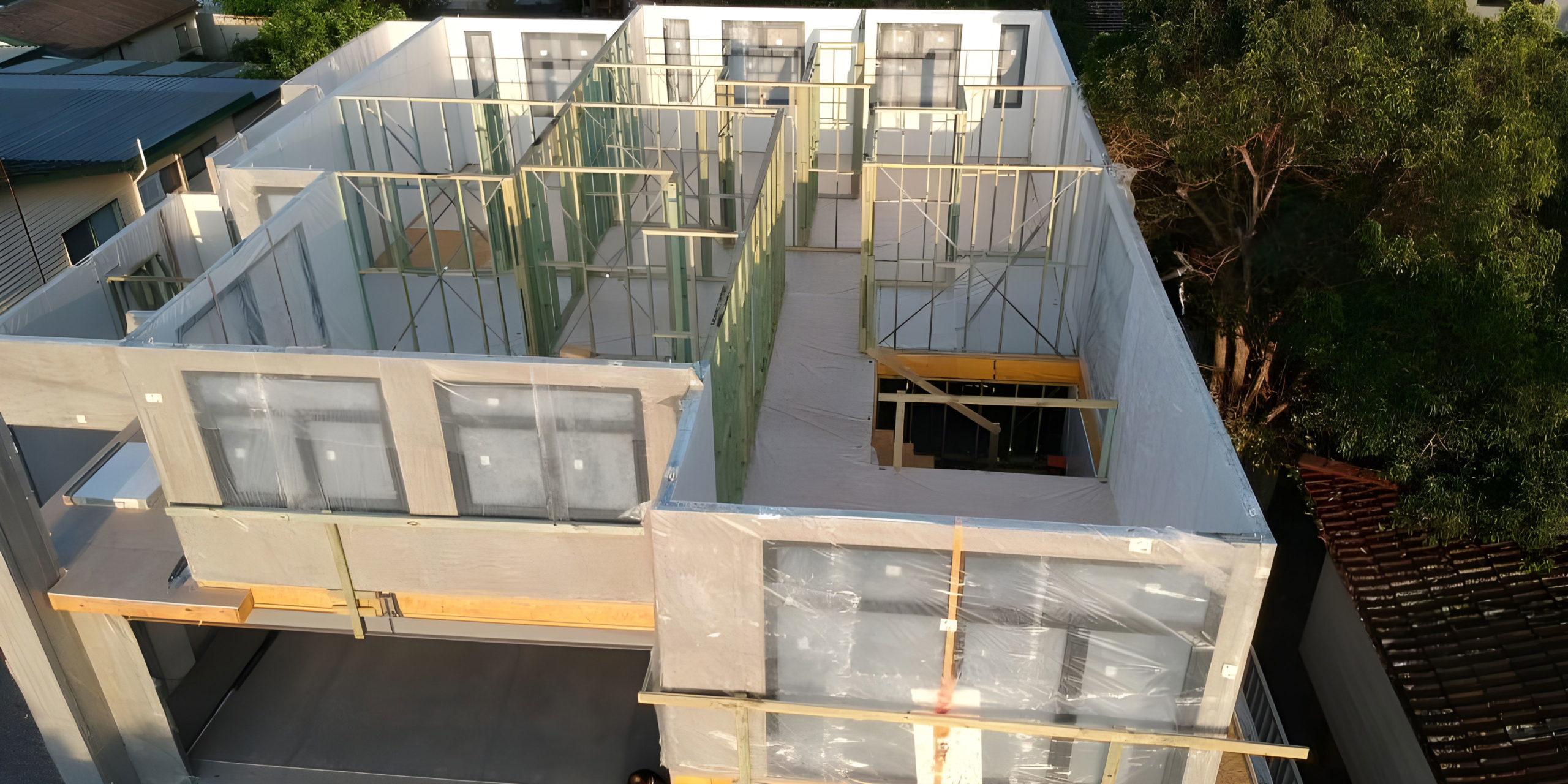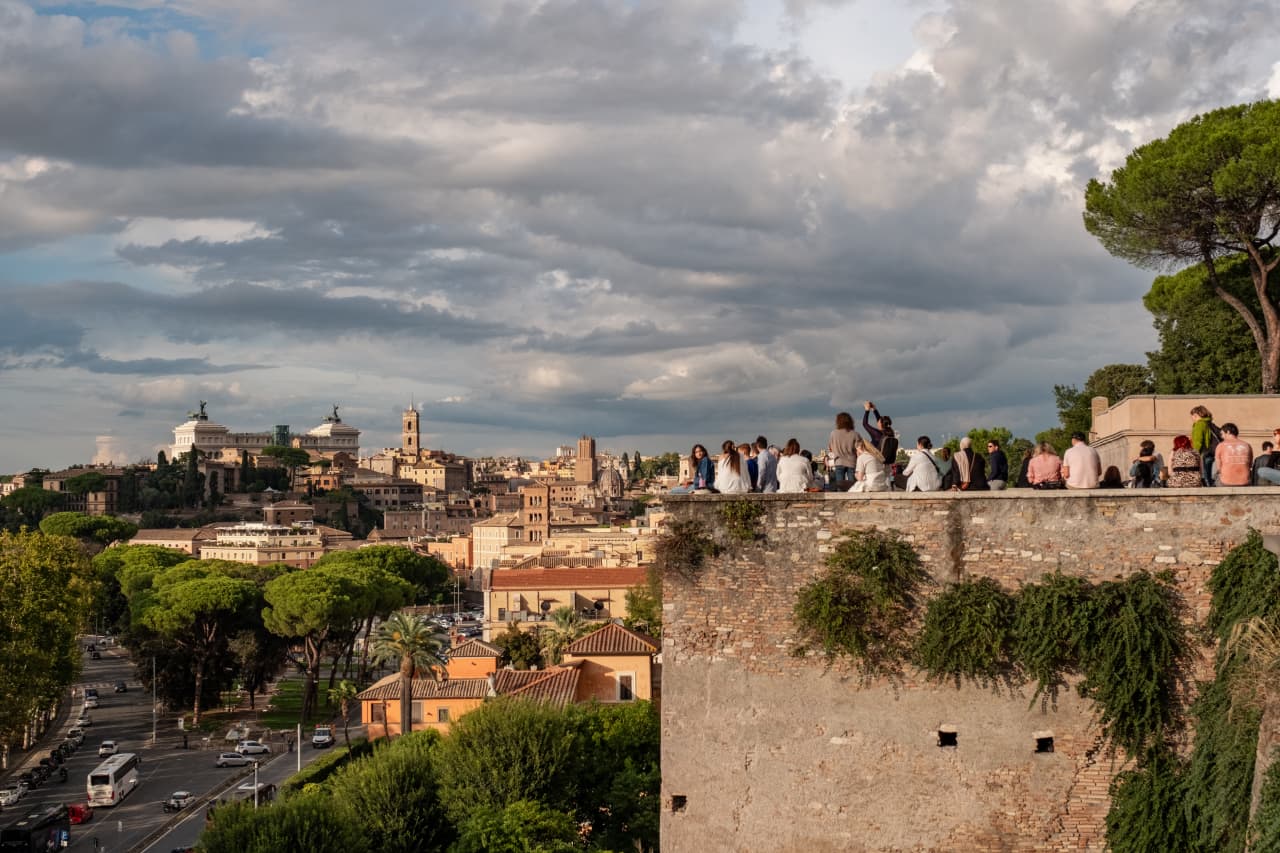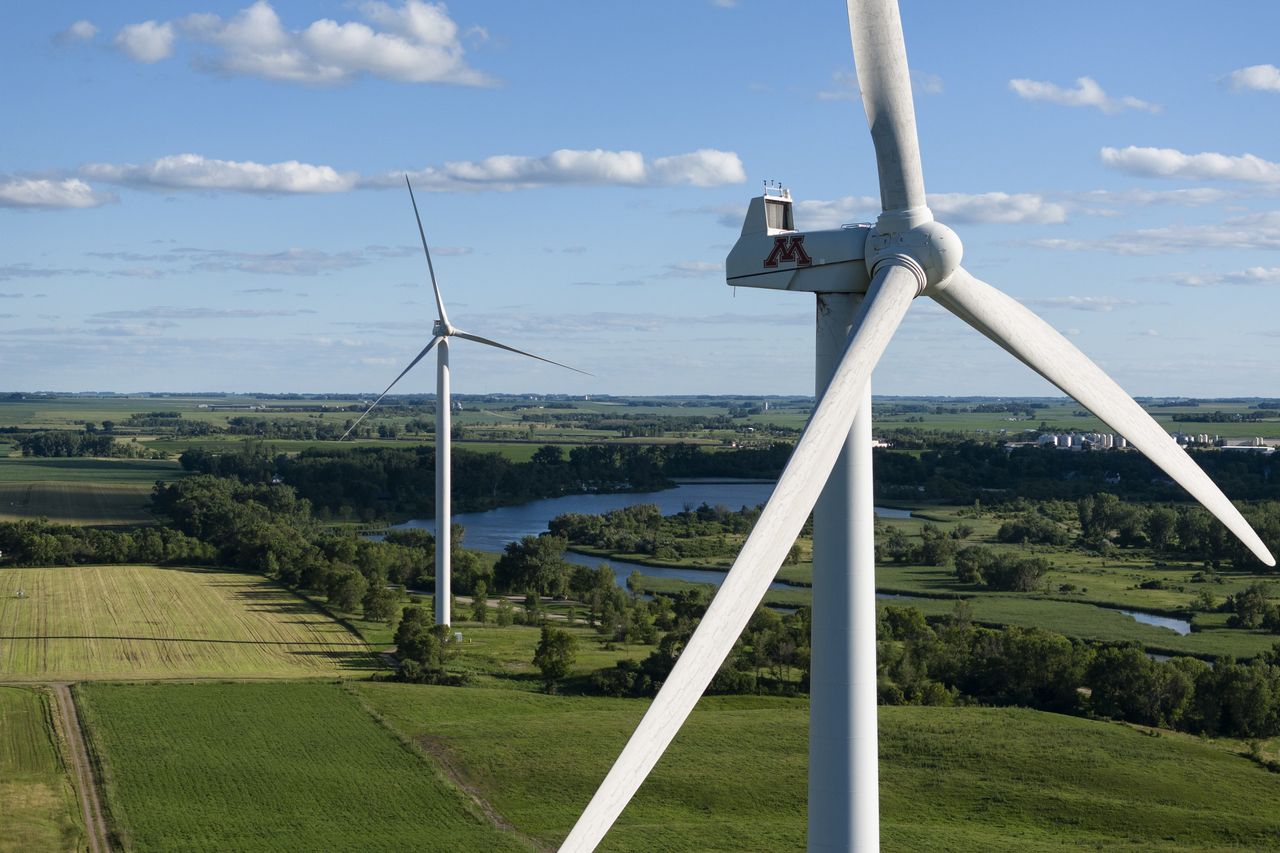Tech allows ultra-green homes to be built in just two months
The breakthrough comes as research shows homebuyers are willing to pay more for sustainable features
An Australian construction giant is poised to build ultra-energy efficient homes in a matter of months after signing a joint venture with a green tech prefabricated wall manufacturer.
AVJennings recently launched a new collection of designer dwellings dubbed Stellar, which feature an innovative walling system from tech company Pro9.
Using the galvanised steel-frame and foam insulated product, the time it takes to construct a home can be cut to a fifth of what it is currently, meaning a dwelling could go up in just two months.
And the finished product can achieve at least an eight-star energy efficiency rating – well above the current minimum of six stars and ahead of the boosted seven-star requirement that comes into effect from 2024.
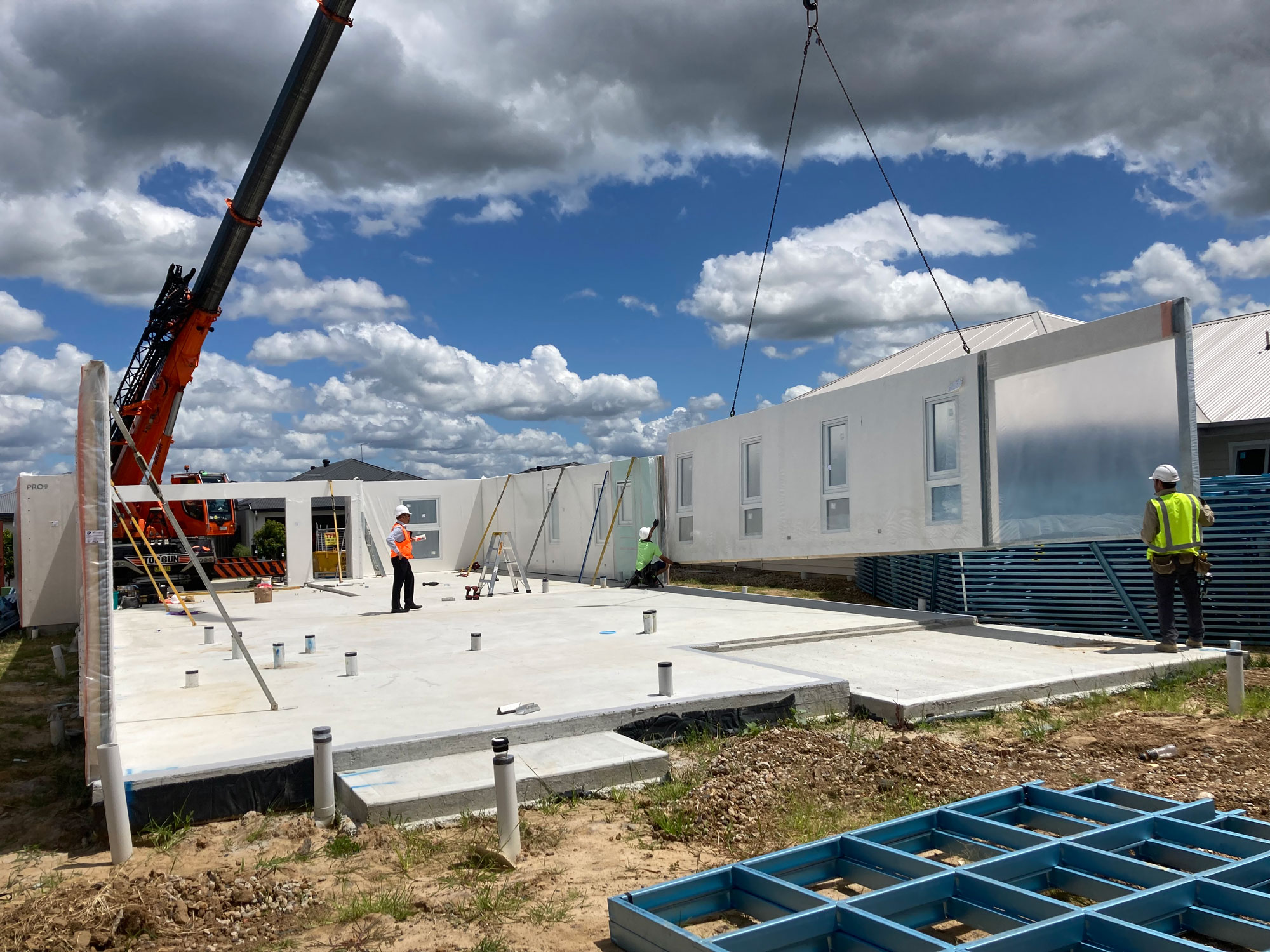
AVJennings has signed a joint venture with Pro9 to establish a manufacturing hub in Australia, capable of producing more than 1000 homes a year.
“The fact that Pro9 can be implemented directly into our existing product range to elevate the offering is ground-breaking,” AVJennings chief executive officer Phil Kearns said.
“Since introducing the technology into three homes in our Evergreen community in New South Wales 2021, we can see how much it contributes to a home’s energy efficiency and comfort.”
AVJennings is the first developer to bring the Pro9 technology to market in Australia, Mr Kearns said.
“We recognise the importance of achieving higher quality, better insulated and more durable homes and for us to all reduce our carbon footprint.”
Mr Kearns said the partnership is “just the start” of what the company plans to roll out in the future.
Homebuyers are increasingly demanding green and sustainable features and most are willing to pay a premium for it, according to the most recent Property Seeker Report from realestate.com.au.
The largest survey of its kind, the research probes respondents on hundreds of questions relating to the home-buying journey and has found the vast majority are eager to go green.
The 2022 report found 81 per cent of homebuyers see sustainable features in a property being critical in their decision-making and 87 per cent are willing to pay extra for green features, from solar panels to efficient insultation.
The average premium those buyers are willing to pay is 15%, the report found.
Recent analysis by KPMG found the Green Building Council of Australia’s Green Star Homes not only benefit the environment, but owners are better off financially almost immediately, with savings outpacing initial upfront costs.
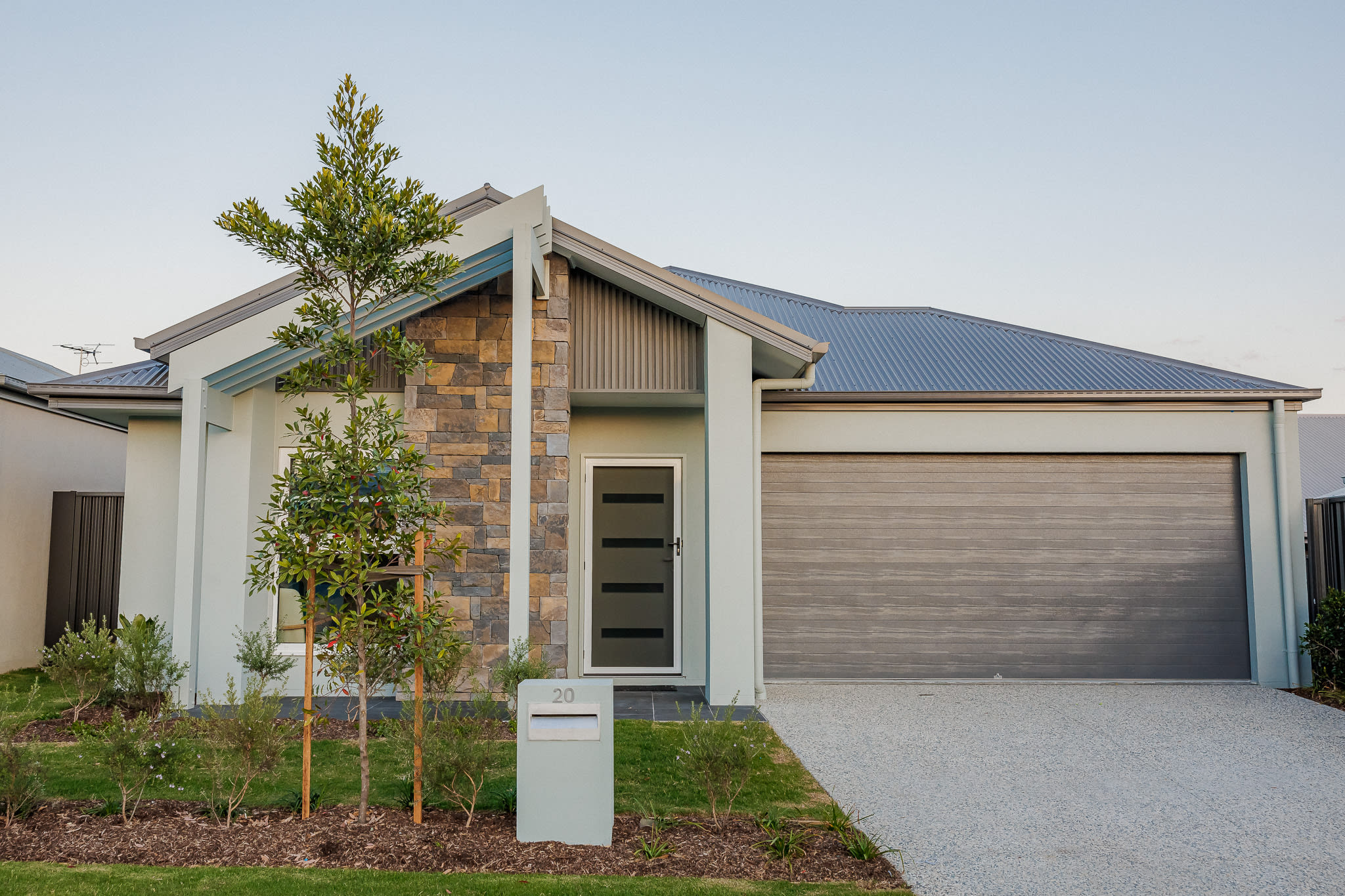
While the modelling shows a Green Star Home will increase typical loan repayments by up to $84 per month, the savings in energy costs are up to $140 per month.
“The results are particularly exciting as they show that the economics now align with the significant amenity uplift of a greener, more efficient and healthier home,” said Mark Spicer, KPMG’s partner of ESG advisory and assurance.
This stylish family home combines a classic palette and finishes with a flexible floorplan
Just 55 minutes from Sydney, make this your creative getaway located in the majestic Hawkesbury region.
Once the scourge of the neighbourhood, street art is building community and adding value in colourful and collaborative ways across Australia
From the Spring issue of Kanebridge Quarterly magazine, on sale now. Order your copy here.
When Zoe Wilson and her husband moved into their two bedroom terrace on Newtown’s Dickson Street in December 2020, one of the first things on their agenda was a paint job: not the inside or the front of the house, but the side wall, facing onto a graffiti-covered laneway. It was big and white — and heavily tagged. The couple called the council — who cleaned it off — but before long, the wall had been tagged again. And so began a seemingly endless cycle of tagging and clean-up — the same cycle plaguing councils across Australia, and costing more than $2 billion annually to remove.
In Wilson’s case, there was a circuit breaker: she applied to the Inner West Council’s Perfect Match street art program, which pairs residents, businesses and property owners with artists to create murals on public walls. She and her husband were matched with David Cragg, an artist of Irish, Scottish, Bundjalung and Biripai ancestry who had grown up in the area. The resulting landscape mural, which now covers the house’s laneway wall, pays tribute to the site’s history as a tributary feeding into the Gumbramorra wetlands and Goolay’yari (Cooks River) and features native flora and fauna, including a giant kookaburra.
“My daughter is three, and when she talks about what to do if she ever gets lost, she’s like, ‘I’ll just say I live in the kookaburra house!’ It’s sort of known now around here,” says Wilson. “I’ll be inside or out the front and see people stop and take photos — and it’s just a really nice chance to have a chat and meet more people in the community.”
It seems to have solved the tagging problem, too: the wall has been tagged just once in roughly 18 months since the mural was unveiled in 2023, and its waterproof coating is designed to make graffiti removal quick and easy in the event it happens again.

No wonder, then, that Perfect Match has proved a hit. Since the program started in 2014, applications by residents have increased a whopping 926 percent, and now outstrip the council’s funding pool. What started as a graffiti removal initiative has turned into a bona fide public art program, with council paying artists — many of whom started out in illegal graffiti — to create more than 170 works on walls. Similar inner city programs, such as StreetWORKS in Melbourne’s Maribyrnong LGA, have also proved popular.
These initiatives are emblematic of a diversification of government policies over the last three decades, as the criminalised subculture of graffiti, once seen as a the scourge of inner city neighbourhoods, evolved into a broader, more palatable genre called “street art” — and thence from the margins to the mainstream. At this point, street art has been collected and exhibited by museums, co-opted by luxury brands and advertising agencies, and embraced by high end hotels such as the Hilton, which commissioned pioneering Melbourne street art collective Juddy Roller to paint the facade exterior of its Little Queen Street outpost.
In Victoria, state and local governments have shifted from the “zero tolerance” and “rapid removal” policies of the 80s, 90s and 00s to embrace graffiti as a fundamental part of their identity. Hosier Lane, once a grungy testing ground for young graffiti artists, is now a major tourist attraction, drawing 1.4 million visitors annually. The Wimmera Mallee region is attracting visitors from overseas and interstate — and particularly grey nomads — with its silo art trail, which Visit Victoria spruiks as “the country’s biggest outdoor gallery”.

For street artist Helen Proctor, who cut her teeth in the illegal graffiti scene but now paints commissioned street art murals in Sydney’s Inner West, the silo art movement represents a tipping point. “Every time I speak to someone over 70, they ask ‘Have you painted a silo?’ Getting that demographic interested in street art is amazing — they were the ones yelling at us (when we were teenagers) to put down the spray can! But they have an appreciation (for the silo murals) because of the size and the technique that goes into it, and it’s a subject matter that they can relate to.”

The slippery politics of taste is at the heart of graffiti culture in Australia: what is art to some people is vandalism to others, and treated accordingly. The government-led graffiti wars have not ended — they’ve simply shifted territory and tactics, in line with changing demographics and community taste, and with the rise of the “creative cities” theory, which ascribes economic value to creative culture. Painting or spraying anything on the walls of a building you don’t own without permission remains illegal in every state, punishable by prison. But councils, who are on the frontline of maintaining the “clean community”, take a more nuanced view.
In the past year, the City of Melbourne has removed roughly 112,000 square metres (equivalent to five MCGs) of graffiti, focusing on tags, but they leave street art strongholds such as Hosier Lane alone. “They’re places of cultural significance and heritage,” says City of Melbourne Councillor Jamal Hakim. “There’s a social licence [(or artists to paint there illegally).” Even when councils are removing graffiti elsewhere, they can see it’s not working.
“We can’t do that forever, it doesn’t actually solve the problem,” says Cr Hakim. “It’s a never-ending cycle.”
Shannan Whitney, who has seen the shift in attitudes over the last three decades as an inner city Sydney resident, real estate agent and co-founder of BresicWhitney, says that although homebuyers don’t necessarily see graffiti or street art as a value add yet, they — like councils — recognise it as a part of the cultural tapestry of certain suburbs.
“(Today in Newtown) I was in a $10 million building that was covered in (illegal) graffiti…it was allowed because the people who own it see that as being suitable for the environment they live in, and they like it.”
This stylish family home combines a classic palette and finishes with a flexible floorplan
Just 55 minutes from Sydney, make this your creative getaway located in the majestic Hawkesbury region.









